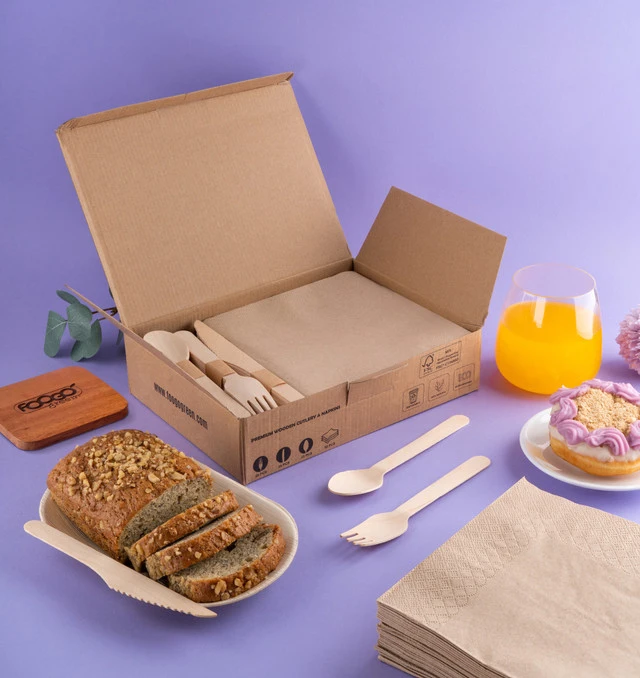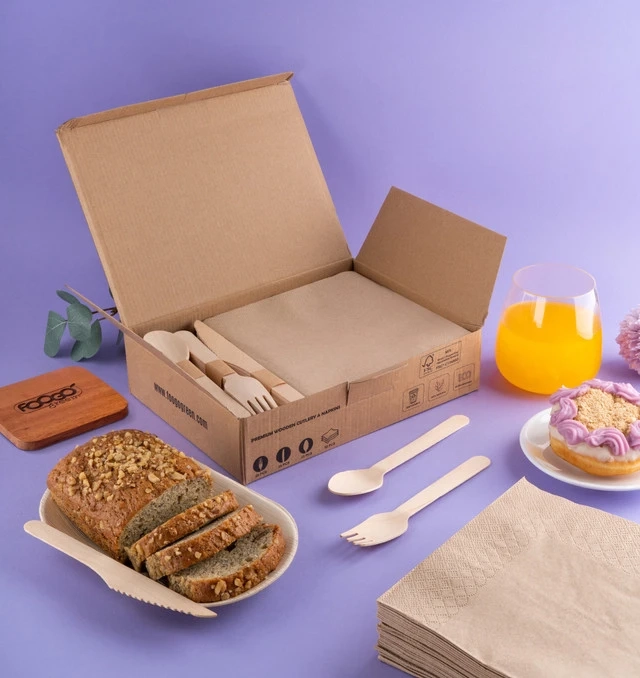The world is slowly but surely shifting toward sustainability, and with good reason. From reusable bags to biodegradable cutlery, every little choice counts. One small change that makes a big impact? Switching from plastic or paper plates to sugarcane plates—a natural, compostable, and surprisingly sturdy alternative made from sugarcane bagasse. These eco-friendly wonders are changing the way people serve food at events, homes, and restaurants alike.

What Is a Sugarcane Plate?
A sugarcane plate is a biodegradable, disposable plate made from bagasse, the fibrous byproduct left after extracting juice from sugarcane. Instead of going to waste, this material is pressed into durable tableware. It’s tough, heat-resistant, and completely compostable—making it a smart choice for those who want to reduce their environmental footprint without sacrificing convenience.
Benefits of Using Sugarcane Plates
1. Eco-Friendly and Compostable
Sugarcane plates break down naturally within 60–90 days in a composting environment. That’s a huge contrast to plastic plates, which can take hundreds of years to decompose.
2. Microwave and Heat Safe
Unlike foam or plastic, sugarcane plates can withstand heat. They’re microwave-safe, and they won’t warp or melt when serving hot foods.
3. Sturdy and Leak-Resistant
Don't let the term “biodegradable” fool you. These plates are tough enough to handle oily foods, sauces, and heavy portions—without bending or leaking.
4. Perfect for Events
Weddings, birthdays, food trucks, and catering services are all turning to sugarcane tableware. The clean, modern look adds a touch of class to any setting.
5. Saves Trees
Using bagasse helps reduce reliance on wood-based paper plates, preserving forests and reducing carbon emissions in the production process.
How Sugarcane Plates Are Made
It all starts with the leftover pulp from crushed sugarcane stalks. This material—known as bagasse—is washed, dried, and then molded into various shapes using high heat and pressure. No dyes, no chemicals, and no plastic coatings. Just clean, plant-based simplicity.
Where to Use Sugarcane Plates
- Outdoor events and festivals
- Weddings and private parties
- Corporate gatherings
- Takeaway and delivery services
- Daily home use
- Restaurants and cafés with sustainability goals
Disposal Made Simple
After use, sugarcane plates can be tossed into a home or industrial compost bin. Unlike plastic, which lingers in landfills, these plates return to the earth without leaving a trace.
A Step Toward a Greener Future
Choosing sugarcane plates over conventional disposables sends a message: sustainability matters. It’s a small shift with a big environmental impact. Whether you're hosting a dinner party or running a food service business, every plate you serve can reflect your commitment to the planet.
Final Thoughts
In a world where eco-conscious choices are more important than ever, sugarcane plates offer a practical, stylish, and responsible solution. They’re not only good for the earth, but also incredibly functional for everyday use. If you’re looking for a way to reduce waste without compromising on convenience or appearance, sugarcane plates are a natural winner.


